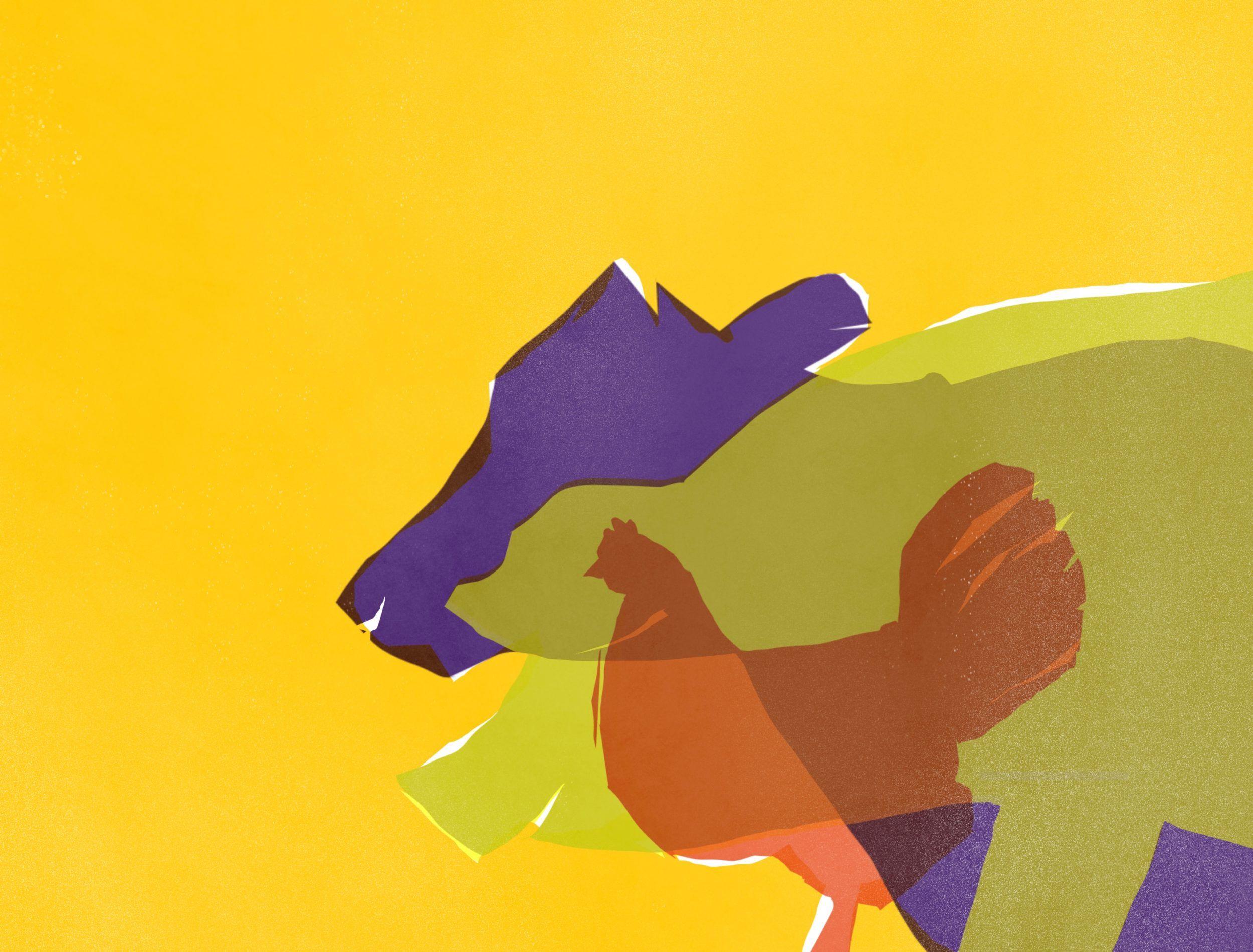Drop us in a supermarket and we’d have no issue telling tenderloin and short-rib apart. But, as much of a shame it is to admit, a trip to our traditional wet market will have us tongue-tied. And if you don’t know what kalitiran, paypay, and tapadera are, then you’re probably on the same boat.
This guide is made to help us embrace our mother tongue—while at the same time learning the different common beef cuts we’d need for bistek, tapa, bulalo, and other of our favorite Filipino beef dishes.
Kadera (Chuck Rib)
The kadera (or chuck rib) is a cut of beef from the larger chuck region of the cow. This area consists of the neck, shoulder blades, and upper arms. Since these cuts are taken around heavily worked muscle groups, they are naturally tougher than other parts. They have more connective tissue and collagen, so it’s best used when cooking dishes that require longer cook times such as stews. That said anything taken from the chuck is likely to come at a cheaper price. Plus butchers slice it in different ways, so you have more choices.
The chuck rib, for example, is taken from the chuck section of beef ribs, usually until the fourth or fifth rib. Depending on the cut, you can use it for pot roasts and stews or hot grilling. If the latter, make sure to keep an eye on it, or else it can get tough really easily.
Kalitiran (Blade Clod)
The kalitiran is another cut from the chuck taken from the top shoulder blade. This chunk of chuck was often ignored in the past because it has a long strip of tissue running through, making it incredibly tough. However, butchers have developed a method to trim this tough part, leaving you with a tender, well-marbled piece of meat. (The trimmings are usually used to make ground beef.)
The kalitiran is also known as Flat Iron steak, which takes its name from the way the cut looks after trimming. It’s a great alternative to more expensive steak cuts, and you can prepare it the same way; though it’s best cooked on a grill.
Tapadera (Sirloin)
The tapadera or sirloin is one of the more expensive cuts of beef. It’s located in the rearmost region of the cow, and it is usually subdivided into top sirloin and bottom sirloin. Cuts from this region are very tender, and the sirloin specifically is very flavorful. You can get it prepped for steak or for barbecuing (you get the tri-tip, ball tip, and flap from here); it can also be used in sautees and stir-fries. Sirloin is generally not used in anything slow-cooked.
Paypay (Tender Chuck)
The paypay (tender chuck or chuck tenders) is another cut from the chuck so it’s similar in flavor and texture as the kadera and kalitiran. Visually, though, the paypay looks a lot like tenderloin (especially when it’s cut into “minute steaks”); so much so that people sometimes call it “mock tenderloin.” Beware though—the tender chuck isn’t at as tender as its name suggests. It’s actually pretty tough, so it’s best prepared through slow-cooking methods. Still, it’s an affordable cut of beef that’s pretty versatile.
Tagiliran (Short Ribs)
The tagiliran or short ribs are some of the most prized parts of the cow. Taken from either the ribs or the plate (the front bellow part of the cow), these cuts are juicy and fatty—ergo, very flavorful. The short ribs work best when cooked slowly, as well, since it has a lot of cartilage that needs to be broken down to get tender, juicy meat.
Solomilyo (Tenderloin)
The solomilyo (tenderloin) is the most tender cut of beef. These are taken from the steer above the ribs, a part of the cow that’s not always used; hence, it produces very tender, buttery meat. (This is where filet mignon comes from.) Since solomilyo is already very soft, it doesn’t need much time to cook. The best way to prepare tenderloin is quickly over high heat to keep the meat’s natural tenderness.
Punta y Pecho (Brisket)
Taken around a cow’s breastbone, punta y pecho or brisket is a very flavorful cut of beef. It’s still pretty tough, but it has a good amount of marbling. This is why it benefits greatly with slow cooking—the time helps break down the fat, helping tenderize the meat and give it even more flavor. You can use brisket for stews, roasts, and barbecues. It’s also the traditional choice for making corned beef!
Bulalo (Shank and Bone Marrow)
Bulalo (shank)—as we all know it—is what makes the namesake soup rich, fatty, and delicious. This cut of beef is taken from the legs of the cow and isn’t as meaty or tender as other cuts. (In fact, it’s the toughest one out there. It’s also one of the cheapest.) But what it lacks in meat it makes up for in flavor, especially through the bone marrow that comes with it. It’s not a popular choice for barbecues and quick dishes, but it can be used to build broths and stocks. The meat is also sometimes used to make ground beef.
Camto (Flank Steak)
The camto or flank steak is taken from the flank region of the cow, behind its belly. There’s not a lot of bone in this area, so this cut is on the tougher side. That’s why it is often sliced into thin strips. It can get very chewy when cooked too long, so this cut is best used in fast, high-heat cooking methods like frying or grilling. You can also braise it if you’re planning on taking a slower cooking route.
Camto can be used in various Asian dishes, as well as Mexican ones like carne asada.
